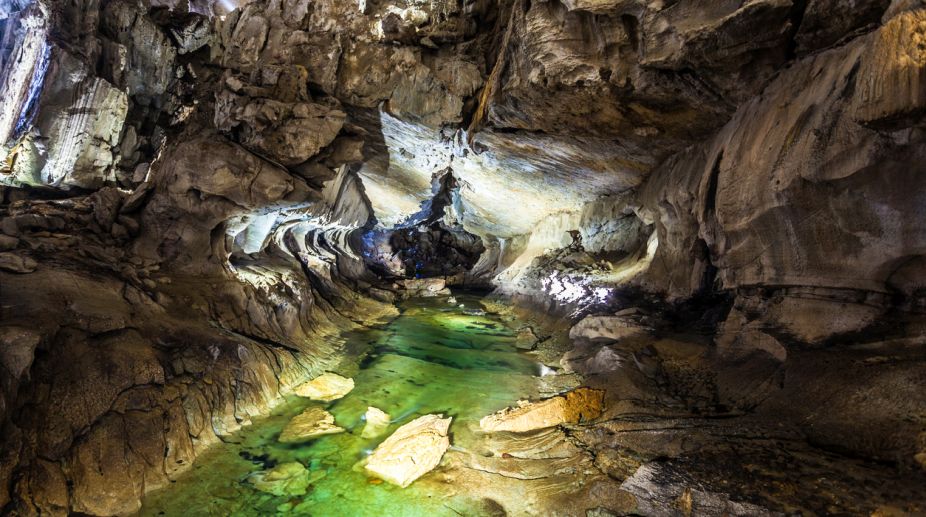US scientists develop new CRISPR toolkit to allow remote-controlled genome editing
US scientists have developed a new CRISPR toolkit to boost the treatment of genetic disorders.

Representational Image (Photo: Getty)
An international team of researchers has successfully retrieved human DNA in cave sediments where no skeletal remains were found, a new study revealed.
The highly sensitive screening technique the team applied even identified ancient human DNA sequences from locations where the presence of an extinct human species called Neanderthals has been proposed but never demonstrated, said the study published on Thursday by the US journal Science.
Advertisement
"It's a great breakthrough," Chris Stringer, an anthropologist at the Natural History Museum in London, who was not involved in the study, told Science.
Advertisement
While there are numerous prehistoric sites in Europe and Asia that contain tools and other human-made artefacts, skeletal remains of ancient humans are scarce and they are not always available or suitable for genetic analyses, Xinhua news agency reported.
Researchers of the Max Planck Institute for Evolutionary Anthropology in Germany, have therefore looked into new ways to get hold of ancient human DNA.
Overall, they collected 85 sediment samples covering a time span from 14,000 to over 550,000 years ago.
Using tiny amounts of material, the researchers recovered and analysed fragments of mitochondrial DNA, genetic material from the mitochondria, the "energy factories" of the cell, and identified them as belonging to 12 different mammalian families that include extinct species such as the woolly mammoth, the woolly rhinoceros, the cave bear and the cave hyena.
To capture ancient human DNA in the samples, they developed a delicate DNA hook crafted from modern human mitochondrial DNA to fish out the sequences that most resembled it.
It turned out that eight sediment samples from four caves contained Neanderthal mitochondrial DNA from either one or multiple individuals, while one sample from another cave contained DNA of Denisovans, another extinct human species.
Most of these samples originated from archaeological layers or sites where no Neanderthal bones or teeth were previously found.
Advertisement